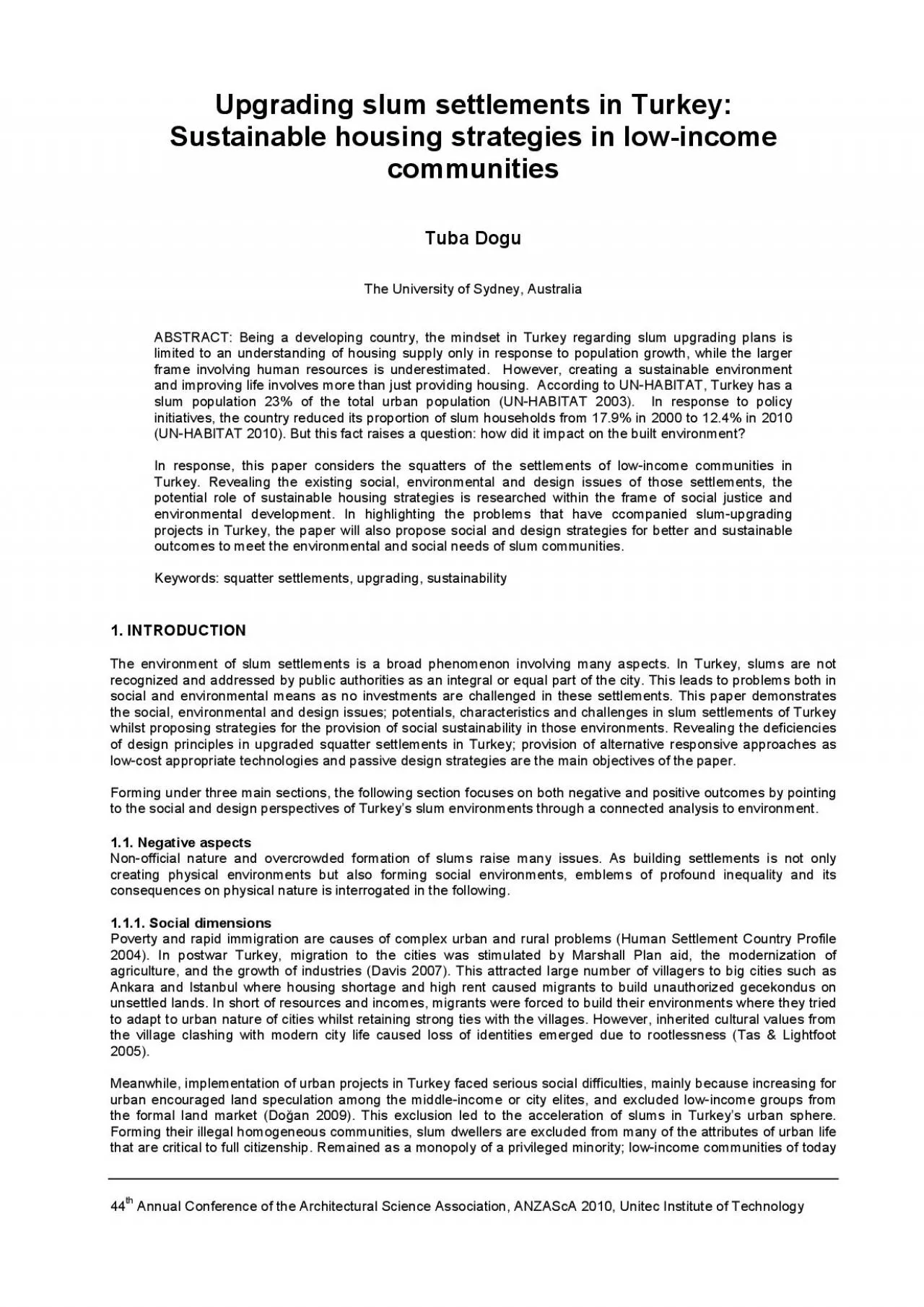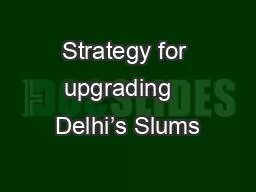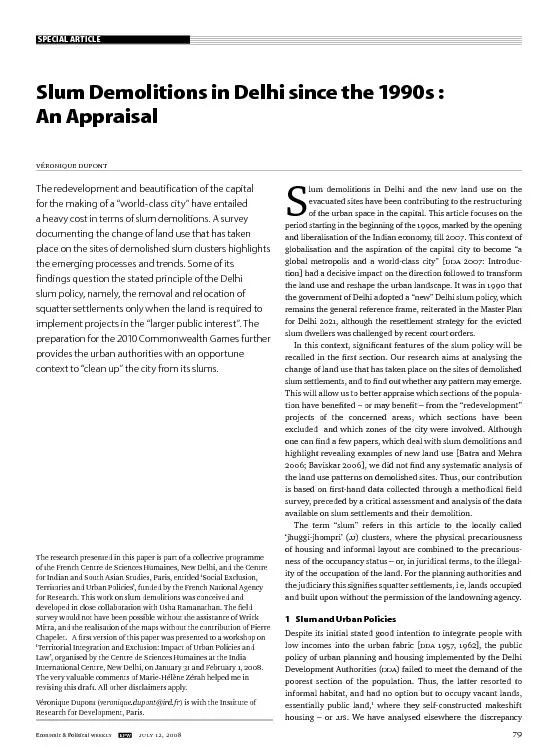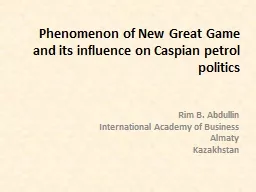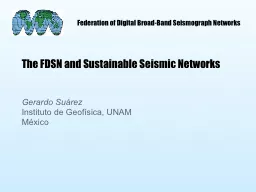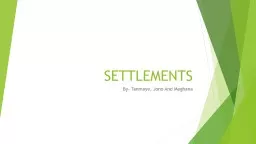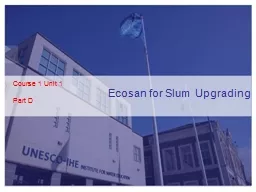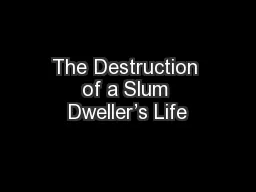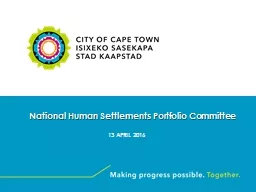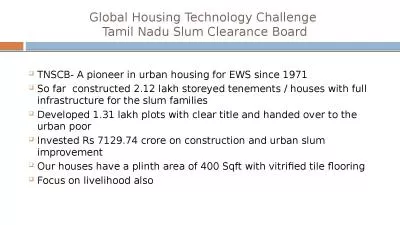PDF-slum settlements is a broad phenomenon involving many aspects In Turke
Author : jalin | Published Date : 2021-08-09
11 Social dimensions Poverty and rapid immigration are causes of complex urban and rural problems Human Settlement Country Profile 2004 In postwar Turkey migration
Presentation Embed Code
Download Presentation
Download Presentation The PPT/PDF document "slum settlements is a broad phenomenon i..." is the property of its rightful owner. Permission is granted to download and print the materials on this website for personal, non-commercial use only, and to display it on your personal computer provided you do not modify the materials and that you retain all copyright notices contained in the materials. By downloading content from our website, you accept the terms of this agreement.
slum settlements is a broad phenomenon involving many aspects In Turke: Transcript
Download Rules Of Document
"slum settlements is a broad phenomenon involving many aspects In Turke"The content belongs to its owner. You may download and print it for personal use, without modification, and keep all copyright notices. By downloading, you agree to these terms.
Related Documents

